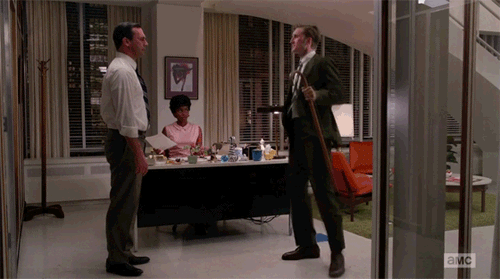
There is a very important Federal Reserve announcement scheduled for 2 p.m. today. The Fed’s open markets committee, which makes big decisions about America’s monetary policy, is expected to say that it is beginning to scale back its bond-buying program, which has involved purchasing billions of dollars a month in bonds in order to prop up a struggling economy. Most people on Wall Street have been expecting “the taper,” as some are calling it, for months. But some are worried that it’s coming too soon.
Get it? Probably not. This is all complicated stuff! So we’ve enlisted America’s first family of TV, the Drapers, to explain what the taper is and why it might matter.
The story starts back in 2008. It was just after the bankruptcy of Lehman Brothers, the bailout of AIG, and the worst of the financial collapse. Hundreds of thousands of jobs were being lost every month, businesses all over the country were failing, and the economy looked like this:
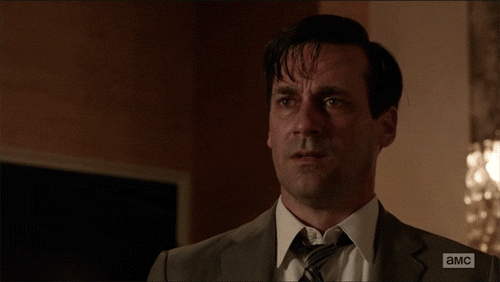
The usual tools policy-makers can use to fix a struggling economy — government stimulus and lowering interest rates — had already been tried. So the Fed came up with a plan to try to help the economy, using an unconventional trick known as “quantitative easing,” or just QE.
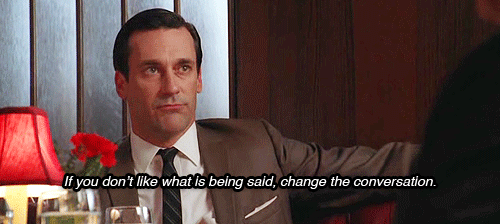
The way QE worked was that the Fed would, in essence, create new money. It would pump that money into the economy by buying tons of mortgage-backed securities and other bonds from banks. By buying the bonds, the Fed hoped to push down interest rates and give the banks the ability to start lending to ordinary Americans again. It was a flashy move, meant to send a strong and alluring message.

Quantitative easing worked, sort of. Interest rates fell, gold and oil prices rose, and most people agreed it prevented the recession from getting much worse. Still, the economy wasn’t improving quickly enough. The unemployment rate was stuck at an unacceptably high level, wages were still depressed, and banks were hoarding the cash the Fed had given them for their bonds instead of lending it out. In short, the economy needed more.
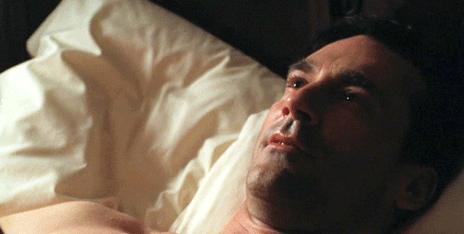
So, in 2010, the Fed announced another bond-buying program, called QE2. This time it used newly created money to buy $600 billion in Treasury bonds and other assets. (It later swapped some of those short-term bonds for longer-term ones, a tactic known as Operation Twist.) The market loved QE2, since it meant that the Fed would keep stimulating the economy as long as the unemployment picture remained grim. And the stock market and commodities rally that followed the Fed’s announcement meant that traders on Wall Street had reason to celebrate.

Still, the economy outside Wall Street was struggling. Things were better than they had been in 2008, but unemployment was still above 8 percent, and it was still hard for most Americans to get loans. Those Americans wanted the Fed to do more to help the real economy, not just the financial sector.
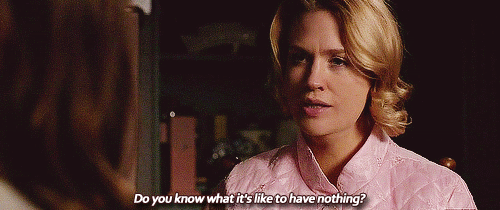
So, in September 2012, the Fed announced QE3. This time, they said, the assistance would be open-ended. Until the job market improved “substantially,” they would keep stimulating the economy by buying more bonds every month. The stock market, which had freaked out (in a good way) about QE1 and QE2, didn’t do much the third time around.
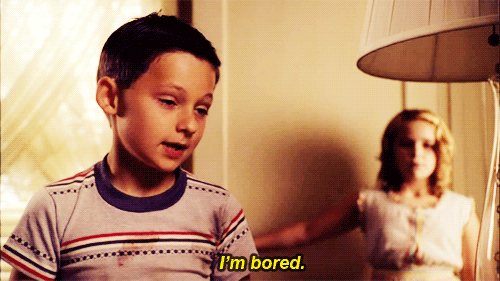
This year, the markets kept rallying, and the unemployment rate kept falling slowly. The Fed’s asset purchases were still expanding the total money supply, and some people started to worry that too many bond purchases would result in inflation. Last May, Ben Bernanke — the guy who runs the Fed — hinted that the Fed might begin scaling back its bond purchases by the end of the year.
Investors on Wall Street, who had counted on the Fed to keep propping up asset prices for longer, were scandalized.
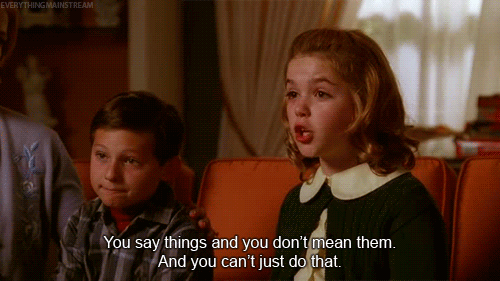
The problem, of course, is that once you give a life vest to the stock market, the market doesn’t want that life vest taken away.
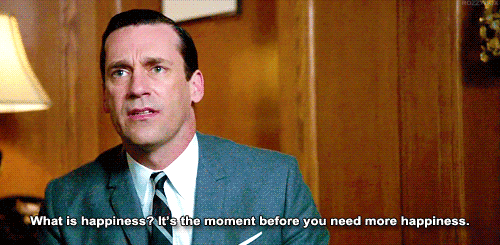
But the Fed can’t keep buying up $85 billion–worth of bonds every month for the rest of time. It already has $3.6 trillion–worth of stuff on its balance sheet, an all-time high. And even though the stock market will likely experience a temporary dip when QE slows down, not many policy-makers feel sorry for stimulus-addicted Wall Street traders. They’d rather have a strengthened overall economy, with managed inflation and low unemployment, that no longer needs so much emergency assistance.

So, today, at 2 p.m., the Fed will likely announce that it’s shrinking QE, the dreaded “taper,” possibly by $10 billion or $15 billion a month. Shortly after the announcement, Ben Bernanke will hold a press conference, where he’ll explain whatever moves the Fed makes.
If the Fed does indeed announce a taper, Bernanke will have a hard task in front of him. He must convince the public that the stimulus the Fed has done since 2008 has worked well enough to start cutting back, and convince Wall Street not to panic about a premature drawdown, while also stressing the need for continued assistance for a still-struggling economy.
Expect a bit of rhetorical tap dancing.
